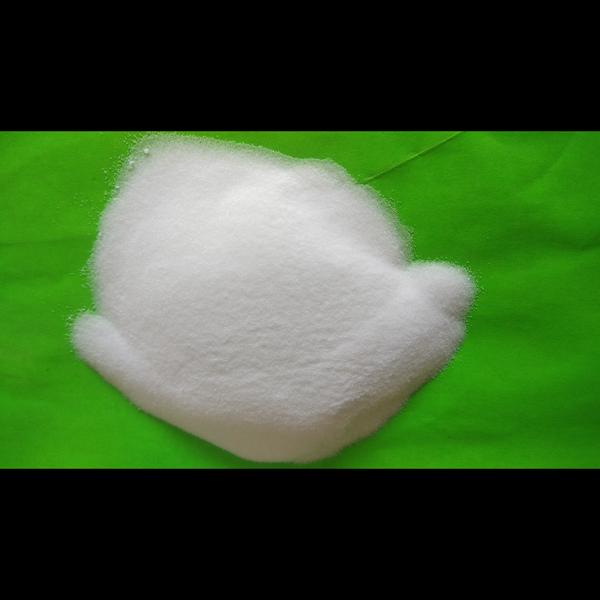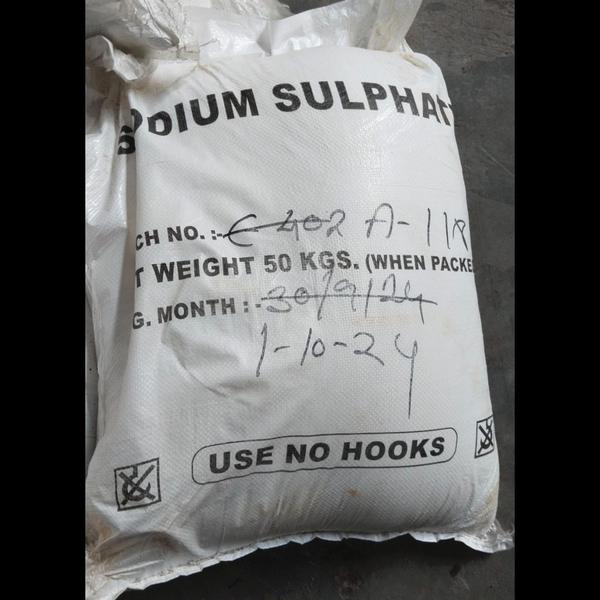SILVER NITRATE – OVERVIEW
Chemical Formula: AgNO₃
Molecular Weight: 169.87 g/mol
Appearance: Colorless, transparent crystals
Nature: Highly soluble in water, light-sensitive, and corrosive
Main Role: Precursor to most silver compounds, photographic and lab applications
⚗️ RAW MATERIALS REQUIRED
Raw Material Chemical Formula Purpose
Pure Silver Metal Ag Base material
Concentrated Nitric Acid HNO₃ For dissolution and nitrate formation
Distilled Water H₂O Dilution, crystallization medium
🔬 CHEMICAL REACTION
objectivec
Copy
Edit
3 Ag + 4 HNO₃ → 3 AgNO₃ + NO + 2 H₂O
Nitric acid oxidizes metallic silver, producing Silver Nitrate, Nitric Oxide (NO) gas, and water.
The NO gas oxidizes to NO₂ in air, so good ventilation or fume extraction is required.
🏭 MANUFACTURING PROCESS
✅ Step 1: Dissolution
Place pure silver granules or foil in a glass or PTFE-lined reaction vessel.
Slowly add concentrated nitric acid (1:1 diluted) under controlled cooling.
Maintain temperature at 40–60°C to promote steady reaction.
Gas bubbles (NO) indicate ongoing reaction.
✅ Step 2: Filtration
After complete dissolution of silver, filter to remove insoluble impurities (like silver chloride if contaminated).
Ensure the solution is clear and colorless.
✅ Step 3: Crystallization
Evaporate the solution under reduced pressure or low heat (avoid boiling).
Cool the solution to room temperature, and then to ~5°C to initiate crystal formation.
Collect Silver Nitrate crystals by filtration.
✅ Step 4: Drying
Dry crystals in light-protected glass trays at 40–50°C.
Store in dark, amber-glass containers to avoid photodecomposition.
📦 YIELD ESTIMATE (Per 100 g of Silver)
Input Approx. Quantity
Silver (Ag) 100 g
Nitric Acid (Conc.) ~125–150 mL
Distilled Water ~200 mL
Silver Nitrate Output ~169 g (theoretical max yield)
🧯 SAFETY & HANDLING
Highly corrosive and light-sensitive.
Use gloves, goggles, fume hood.
Reacts with organic matter — avoid contact with paper, skin, wood.
Toxic to aquatic life — follow disposal regulations strictly.
🏭 USES OF SILVER NITRATE IN VARIOUS INDUSTRIES
Industry Application
Photographic Industry Used in film and photo paper emulsions
Pharmaceuticals Antiseptic in eye drops, wound dressings, wart treatment
Electronics Production of conductive inks, printed circuits
Glass & Mirror Industry Silvering agent in making mirrors
Chemical Synthesis Starting material for other silver compounds like silver oxide, silver chloride
Laboratory Reagent Used in chloride ion detection (AgCl ppt), titration
Explosives & Pyrotechnics Silver salts used in detonators and flare compositions (limited due to cost)
Textile Printing Acts as a light-sensitive agent in historical textile dyeing
🔄 Alternative (Lab-scale) Method
You can also make AgNO₃ by reacting silver oxide (Ag₂O) with dilute nitric acid, but it's not economical for bulk manufacturing.
Keywords
water lightsensitive
complete dissolution
gas oxidizes
lightsensitive agent
bulk manufacturing
make agno₃
4050c store
room temperature
reduced pressure
contaminated ensure
fume extraction
good ventilation
silver nitrate
silver chloride
silver filter
silver compounds
silver compounds photographic
lightprotected glass trays
dilute nitric acid
dark amberglass containers
remove insoluble impurities



